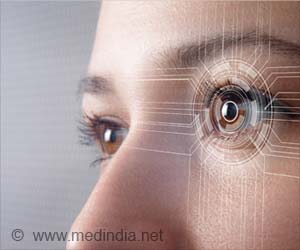A new study from the University of Virginia Health System has shown that low level light therapy (LLLT) could help treat patients with Parkinson's disease.
Low level light therapy (LLLT), a new study from the University of Virginia Health System has shown, could help treat patients with Parkinson's disease.
The in vitro study, led by Patricia A. Trimmer, PhD, associate professor of neurological research at the UVA School of Medicine, showed that a single, brief treatment with a 810 nm low level, near-infrared laser increased for two-hours the velocity of mitochondrial movement in cells taken from patients with sporadic Parkinson's disease, speeding it up to levels comparable to cells from a disease-free, age-matched control group."Our findings provide early-stage confirmation that LLLT has the potential to improve neuronal function in many patients with PD and other neurological diseases," says Trimmer.
The researchers found that the most dysfunctional patient cells had the weakest response to LLLT. The therapy had no impact on healthy control group cells.
Mitochondria are the cellular engines that transform food into fuel in our bodies and perform their work in the energy-intensive tissue of our brains, retinas, hearts and skeletal muscles.
In patients with Parkinson's disease, mitochondria become metabolically and functionally compromised.
Cells slow down, become ineffective in generating energy and over-produce oxygen free radicals.
Advertisement
Trimmer pointed out that numerous investigational Parkinson's disease drugs have demonstrated efficacy in animal models but proven largely ineffective in humans.
The study has been published online by Molecular Neurodegeneration on June 17, 2009.
Source-ANI
TAN










